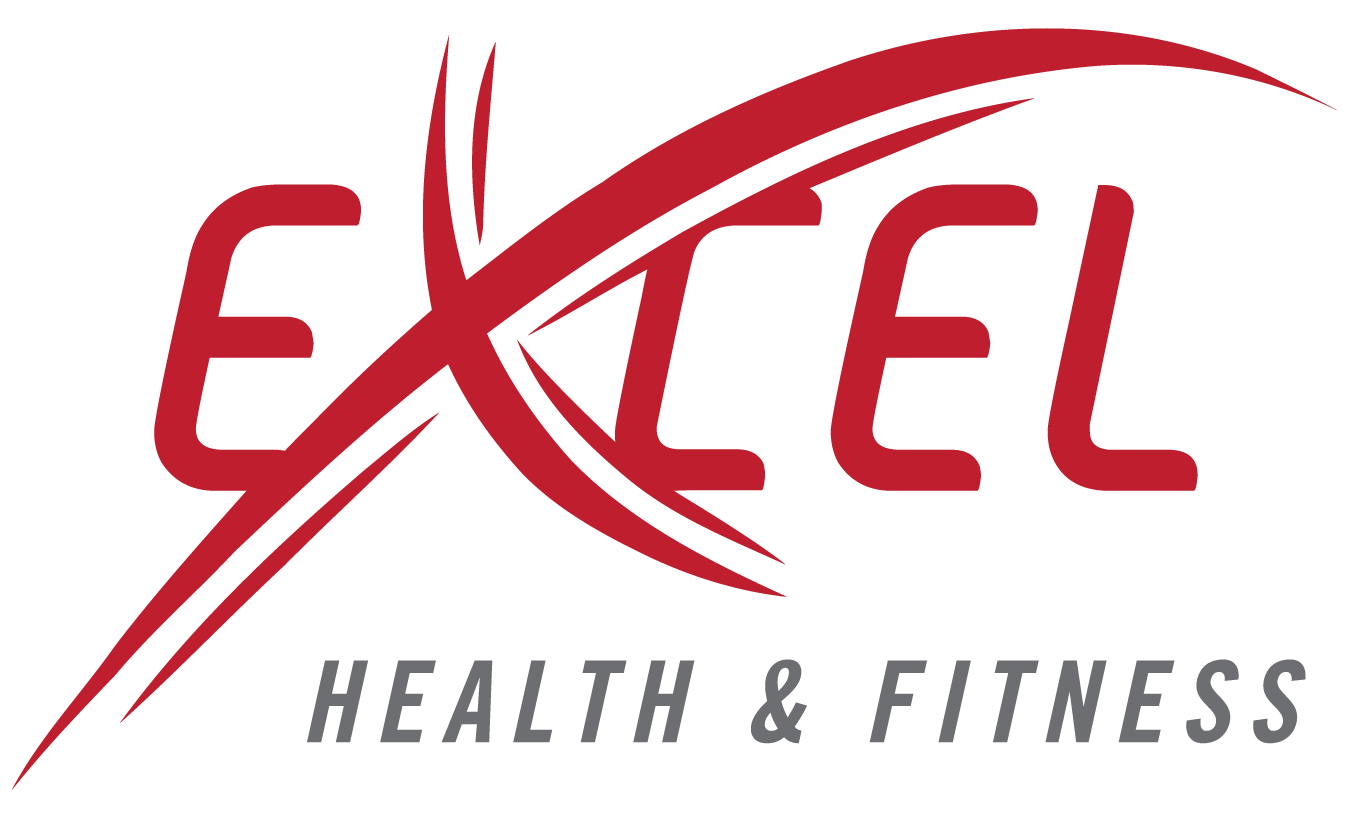If you’re looking for a workout in Manteca, you’ve probably seen both options: group fitness classes at the gym (HIIT, cardio, strength) and yoga classes. Both can be great, but they tend to deliver very different results depending on what you want.
Let’s unpack how they compare, when one might be better than the other, and how Excel Yoga fits in, especially if you're trying to go beyond just sweat and want more lasting wellness.
What Gym Group Fitness Offers
Gym group fitness classes are built to pump you up. Think cardio, HIIT (High‑Intensity Interval Training), strength circuits, dance fitness, and more.
Here’s what you get from them:
High calorie burn and cardiovascular benefit
Increased strength, power, and metabolic boost
Fast-paced, often more intense workouts
Motivation from group energy and challenging formats
These classes are great when you want efficient calorie burn, a boost of energy, or a strong workout in less time.
What Yoga Brings: Mind‑Body, Flexibility, & Calm
Yoga isn’t usually built to push your heart rate through the roof (though some styles do). It’s often about balance, stretch, breath, and presence.
Here are key benefits of yoga:
Improved flexibility and mobility which help reduce risk of injury
Mental stress relief, reduced anxiety, and better sleep quality
Increased body awareness and mindfulness
Better alignment, stability, and long term joint health
Yoga doesn’t replace the metabolic or strength gains of group fitness, but it supports what often gets neglected in more intense workouts.
Why Yoga Often Delivers Deeper, More Sustainable Results
Here’s where yoga shines long term:
Recovery + Injury Prevention
Yoga helps stretch tight muscles, open up joints, and ease stress in the nervous system, things many gym classes unintentionally overload. For people doing fitness regularly, yoga can be a powerful tool to stay healthy, move well, and avoid burnout.Mind and Stress Management
Studies show that yoga not only improves mood and stress reduction but also improves sleep, focus, and emotional resilience. When workouts feel balanced—alternating harder, sweat‑focus days with gentler, restorative movement—people stick with it. Yoga offers variety in pacing and intensity, reducing risk of overuse or injury.Holistic Health
Because yoga includes breathwork, postures, and mindfulness, it supports not just your body, but your mental and emotional health as well. This “whole person” approach tends to deliver benefits that are deeper and more sustainable for many people.
When Gym Group Fitness Is Enough—and When Yoga Becomes Essential
Here are some scenarios to help you decide:
Use group fitness if:
• You want to burn calories fast
• You love energetic group settings and intensity
• You have less interest in mindfulness or mobilityYoga becomes essential when:
• You start experiencing aches, stiffness, or frequent tightness
• Stress, anxiety, or sleep are suffering
• You want to improve recovery, mobility, or mental clarity
• You value long‑term health over short‑term burnBest approach (for many): Combine both. Use group fitness for energy and strength; use yoga for rest, restoring balance, and mental health.
How Excel Yoga Bridges the Gap
At Excel Yoga, we aren’t just “the yoga studio,” we’re part of a full wellness environment inside Excel Health & Fitness, which means:
You can do gym‑based group fitness or CrossFit, and come do yoga classes here
Our styles (Heated Vinyasa, Slow Flow, Yin, Vinyasa) let you choose how intense or restorative your yoga feels
Certified instructors offer modifications and props so you can use yoga as recovery or as a lighter workout depending on your day
We encourage balance, not pushing so hard that your body or nervous system suffers
Final Thoughts: It Depends on Your Goals, But Yoga Often Wins in the Long Run
If you want quick fitness results, group fitness classes are powerful.
If you want long‑term health, flexibility, stress relief, and movement that supports the rest of your life—yoga often delivers more.
You don’t always have to pick one. Done well, mixing both is a formula many of our members in Manteca use to feel stronger, move more freely, and manage stress better.
Try our $29 intro offer and experience the peace, flexibility, and recovery yoga adds when your routine includes more than just sweat.
FAQs
Q: Can I get a cardio workout from yoga?
Yes, styles like Heated Vinyasa or more dynamic Vinyasa flows raise the heart rate, build strength, and deliver cardio benefits along with all the mobility, calm, and flexibility.
Q: Will doing yoga slow down my gains from group fitness?
Not unless you overdo both. Yoga helps you recover better, avoid injury, and maintain mobility, which can actually help your performance in group fitness settings.
Q: How many yoga classes per week do I need to see these deeper benefits?
Many people notice significant benefits with 2‑3 classes per week, especially when done alongside group fitness or regular workouts.
